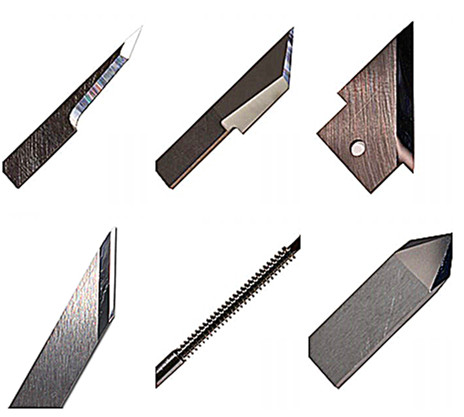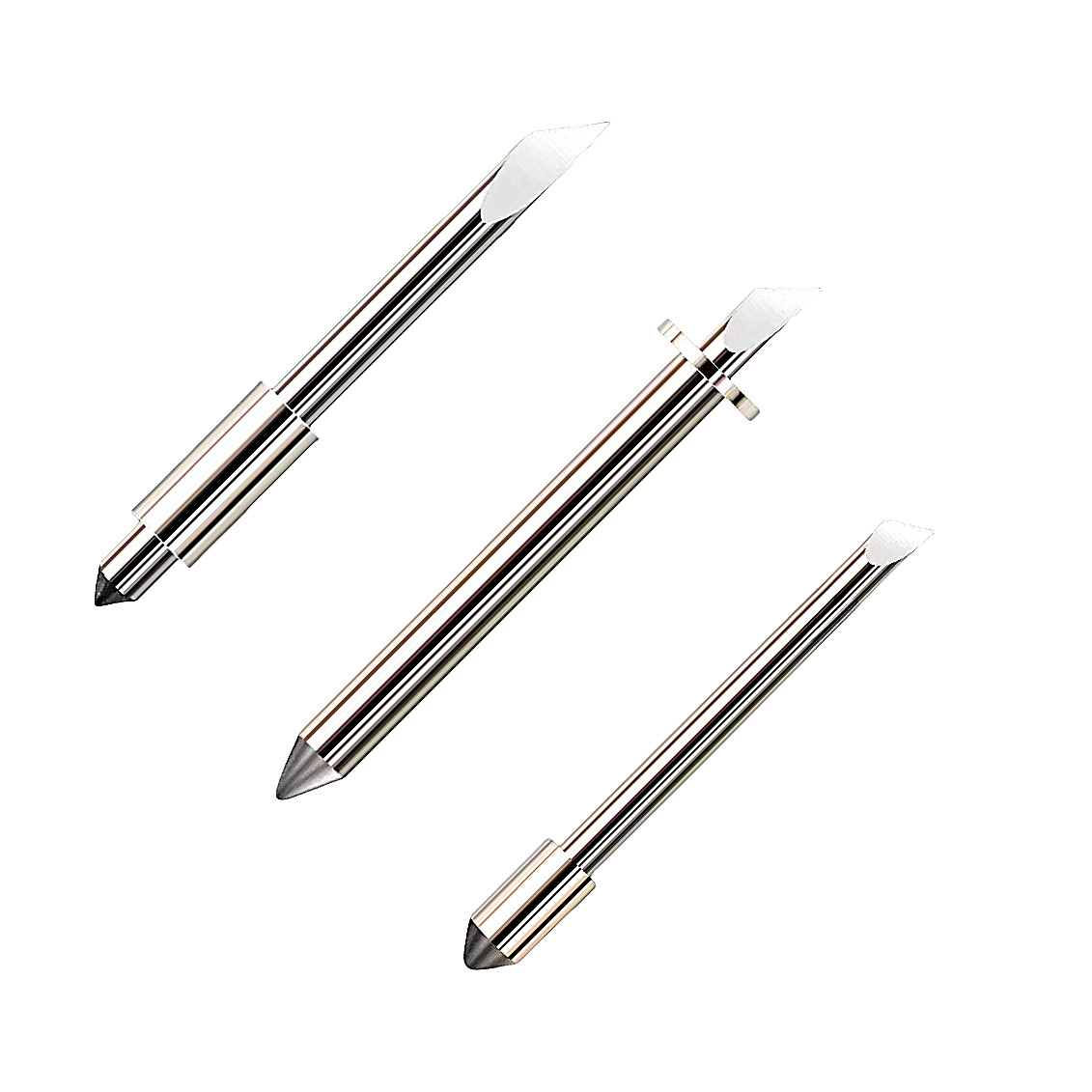Zund Kongsberg Esko Summa Graphtec MultiCam Iecho Jwei Flatbed Cutting System Knife Blades

Types of Flatbed Cutting System Knife Blades
- Drag Knife Blades – Designed for general-purpose cutting where the blade drags across the material.
- Tangential Knife Blades – Used in systems with controlled rotation for higher precision.
- Oscillating Knife Blades – Move up and down rapidly to cut through thick and dense materials like foam and rubber.
- Rotary Knife Blades – Ideal for cutting fabric, leather, and other soft materials without pulling.
- V-Cut Blades – Used for making angled cuts, typically for 3D cardboard structures.
- Perforation Blades – Create a series of small cuts for easy tear-off applications.
- Kiss-Cut Blades – Designed for cutting stickers and labels while leaving the backing intact.
- Creasing Tools – Not blades but used in conjunction with cutting blades to score materials for folding.
Materials Used in Blades
- Carbide Blades – Extremely durable and used for cutting tough materials.
- Steel Blades – More affordable but may wear out faster than carbide.
- Coated Blades – Some blades have coatings (e.g., titanium) for extended life and reduced friction.
Popular Brands & Systems
Choosing the Right Blade When selecting a blade, consider:
- Material Type: Ensure the blade can handle the thickness and toughness of the material.
- Blade Angle: Lower angles (30°-45°) for thin materials, steeper angles (60°+) for thicker materials.
- Blade Compatibility: Check compatibility with your flatbed cutter system.

PREV : Summa Aristo Gerber Esko Roland Zund Knives And CNC Knife Blades Are Widely Sold And Distributed NEXT : Atom Kimla Polska Grupa Cnc Seron Tungsten Steel Blade Compatibility Replacement Applicable





